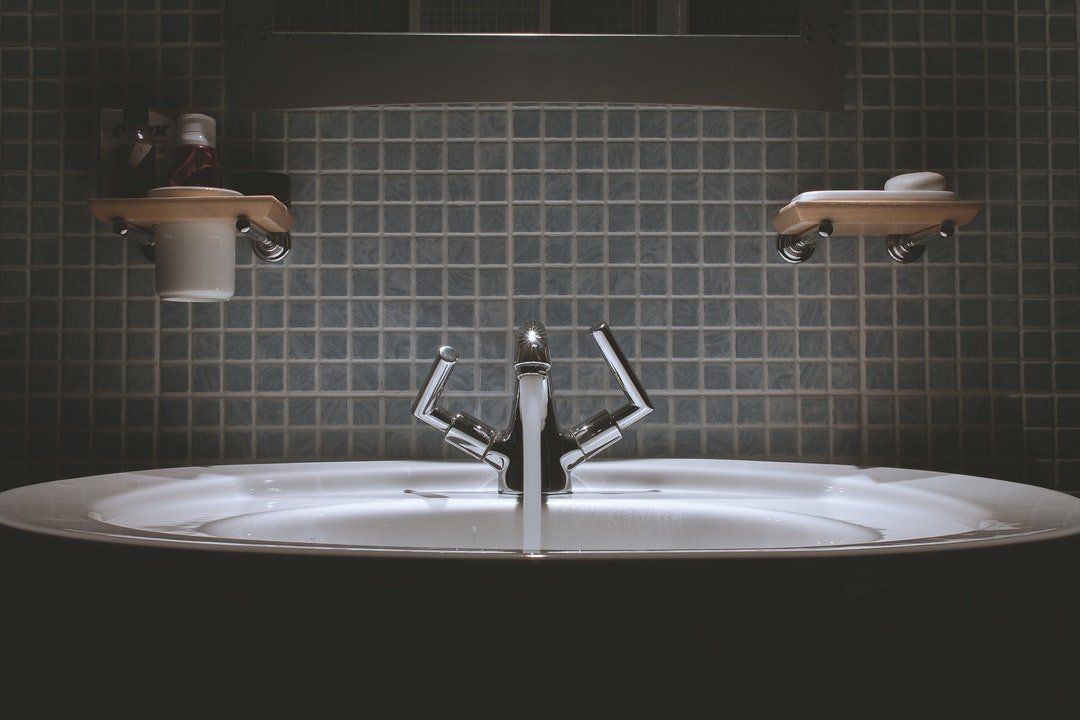
News

21 Aug, 2023
Textile care is a vital industry that provides clean and hygienic fabrics for various sectors, such as hospitality, healthcare, and food service. However, textile care also consumes a lot of water and energy, which poses environmental and economic challenges. According to the International Association for Textile Care (IATC), the average water consumption per kilogram of laundry is 10 liters, and the average energy consumption per kilogram of laundry is 1.5 kWh. These figures can vary depending on the type and quality of the equipment, the washing process, and the local conditions. To reduce the environmental impact and operational costs of textile care, water and energy recovery systems are essential. These systems can capture and reuse the water and heat that would otherwise be wasted in the washing and drying processes. One example of such a system is a patented technology that can recover up to 80% of water and 50% of energy from laundry wastewater. This technology is called Hydrasyst, and it consists of three main components: a heat exchanger, a membrane filtration unit, and a reverse osmosis unit. The heat exchanger transfers the heat from the hot wastewater to the cold fresh water, reducing the energy needed to heat the water for washing. The membrane filtration unit removes the suspended solids, organic matter, and microorganisms from the wastewater, producing a clear permeate that can be reused for rinsing or flushing. The reverse osmosis unit further purifies the permeate by removing dissolved salts, minerals, and chemicals, producing a high-quality water that can be reused for washing or other purposes. Hydrasyst has several advantages over conventional water and energy recovery systems. First, it does not use any chemicals or additives, which reduces the environmental impact and maintenance costs. Second, it operates at low pressure and temperature, which increases the lifespan and efficiency of the system. Third, it has a compact design and a plug-and-play installation, which makes it easy to integrate into existing or new laundry facilities. Fourth, it has a smart control system that monitors and adjusts the performance of the system according to the quality and quantity of the wastewater. Hydrasyst has been tested and proven in various textile care facilities around the world, such as hotels, hospitals, laundries, and prisons. The results show that Hydrasyst can significantly reduce water and energy consumption, as well as wastewater discharge and greenhouse gas emissions. For example, in a hotel laundry in Spain, Hydrasyst reduced water consumption by 77%, energy consumption by 48%, wastewater discharge by 82%, and CO2 emissions by 50%. In addition, Hydrasyst improved the quality of the fabrics by reducing the hardness and alkalinity of the water. If you want to learn more about this sustainable solution that can help textile care facilities achieve their environmental and economic goals, please email us at info@hydrasyst.com. We are ready to help you transform your textile care business into a greener and smarter one.

By Rob Piper
•
08 Apr, 2019
Water is essential for life, but it is also a scarce and precious resource. According to the World Health Organization, more than two billion people lack access to safely managed drinking water services, and water scarcity affects more than 40% of the global population 1 . Moreover, water consumption and pollution are increasing due to population growth, urbanization, industrialization, and climate change, putting more pressure on the available freshwater resources 2 . One way to address this challenge is to use water more efficiently and reduce waste. This is where grey water recycling comes in. Grey water is the wastewater from showers, baths, sinks, washing machines, and dishwashers that does not contain human or animal waste 3 . It can be collected, treated, and reused for non-potable purposes, such as flushing toilets, watering gardens, or washing cars. This can save freshwater, reduce sewage volumes, and lower water bills. But how does grey water recycling work, and what are the benefits and costs of implementing it? In this blog post, we will explore these questions and provide some practical tips on how to get started with grey water recycling at home or in your business. How does grey water recycling work? Grey water recycling systems vary in size and complexity, depending on the source and quality of the grey water, the intended use of the recycled water, and the local regulations and standards. However, most systems have some common components: A storage tank for collecting the grey water from different sources A filter or a screen for removing large particles, such as hair, lint, or food scraps A treatment process for disinfecting the grey water and reducing its organic and chemical content. This can be done by physical, chemical, or biological methods, such as UV light, chlorine, ozone, or bacteria. A pump and a distribution system for delivering the treated grey water to where it is needed A backup system for switching to mains water when the grey water supply is insufficient or unavailable Some examples of grey water recycling systems are: Direct use systems: These are the simplest and cheapest systems that use the grey water directly without any treatment. They are suitable for watering plants or gardens that are not used for food production. However, they require using the grey water quickly before it becomes foul-smelling or harmful due to bacterial growth. Short retention systems: These are systems that store the grey water for a short period of time (usually less than 24 hours) and treat it minimally by skimming or settling. They are suitable for toilet flushing or laundry washing. However, they require using biodegradable detergents and avoiding harsh chemicals in the grey water. Biological systems: These are systems that use natural processes, such as plants or microorganisms, to treat the grey water. They can be designed as constructed wetlands, soil boxes, or biofilters. They are suitable for irrigation or landscaping purposes. However, they require more space and maintenance than other systems. Mechanical systems: These are systems that use advanced technologies, such as membrane filtration or reverse osmosis, to treat the grey water. They can produce high-quality recycled water that can be used for almost any non-potable purpose. However, they are more expensive and energy-intensive than other systems. What are the benefits of grey water recycling? Grey water recycling has several environmental and economic benefits, such as: Reduced freshwater extraction from rivers and aquifers: By reusing grey water for non-potable purposes, less freshwater is needed from natural sources. This can help conserve freshwater resources and protect aquatic ecosystems. Reduced sewage discharge and pollution: By reusing grey water for non-potable purposes, less wastewater is discharged into sewers or septic tanks. This can help reduce the load on wastewater treatment plants and prevent sewage overflows and contamination of surface and groundwater. Reduced energy use and greenhouse gas emissions: By reusing grey water for non-potable purposes, less energy is required to pump and treat freshwater and wastewater. This can help reduce greenhouse gas emissions and mitigate climate change impacts. Reduced water bills and maintenance costs: By reusing grey water for non-potable purposes, less mains water is consumed and less wastewater is generated. This can help lower water bills and maintenance costs for households and businesses. What are the costs of grey water recycling? The costs of grey water recycling depend on several factors, such as: The type and size of the system: Different systems have different initial costs for installation and operation. Generally speaking, direct use systems are cheaper than short retention systems, which are cheaper than biological systems, which are cheaper than mechanical systems. The source and quality of the grey water: Different sources of grey water have different levels of contamination and require different levels of treatment. Generally speaking, washing machine and kitchen sink grey water are more polluted than shower and bath grey water and require more treatment. The intended use of the recycled water: Different uses of recycled water have different quality standards and regulations. Generally speaking, toilet flushing and laundry washing require higher quality recycled water than irrigation and landscaping and require more treatment. The local climate and water availability: Different climates and water availability affect the demand and supply of grey water and recycled water. Generally speaking, dry and arid regions have higher demand and lower supply of grey water and recycled water than humid and wet regions. According to some estimates, a grey water recycling system can cost between £1,000 and £20,000, depending on the type and size of the system 4 . The payback period can vary from a few years to several decades, depending on the water savings and the maintenance costs 5 . How to get started with grey water recycling? If you are interested in installing a grey water recycling system in your home or business, here are some steps you can take: Assess your water usage and needs: You can use a water calculator or a water meter to measure how much water you use and for what purposes. You can also identify potential sources and uses of grey water in your property. Research different systems and options: You can compare different types of grey water recycling systems and their costs and benefits. You can also look for examples and case studies of similar projects in your area or online. Check the local regulations and standards: You can contact your local authority or water company to find out the legal requirements and quality standards for grey water recycling in your area. You may need to obtain a permit or approval before installing a system. Choose a reputable supplier and installer: You can look for accredited suppliers and installers of grey water recycling systems in your area or online. You can ask for references, testimonials, or guarantees before hiring them. Maintain your system regularly: You can follow the manufacturer’s instructions and recommendations for maintaining your system. You can also monitor the performance and quality of your system and report any problems or issues. Grey water recycling is a smart way to save water, money, and the environment. By reusing wastewater from showers, baths, sinks, washing machines, and dishwashers for non-potable purposes, you can reduce your freshwater consumption, sewage discharge, energy use, and greenhouse gas emissions. However, you need to consider the costs and benefits of different systems and options, as well as the local regulations and standards, before installing a system. If you are interested in learning more about grey water recycling or other water solutions, please visit our website hydrasyst.com or contact us today. References: 1 : WHO | Drinking-water 2 : Water scarcity | International Decade for Action ‘Water for Life’ 2005-2015 3 : Greywater - Wikipedia 4 : How Much Does a Grey Water System Cost? - HomeAdvisor 5 : Are greywater recycling systems a waste of money? - TheGreenAge